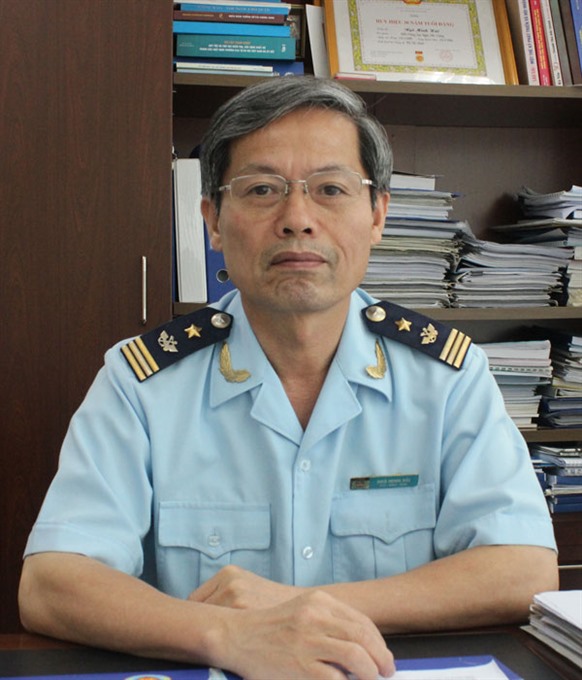 World
World

Deputy head of the Customs Supervision and Management Department under the General Department of Việt Nam Customs, Ngô Minh Hải, talks to Hải Quan (Customs) newspaper about inspections on import and export activities.
 |
| Ngô Minh Hải. – Photo baohaiquan.vn |
Deputy head of the Customs Supervision and Management Department under the General Department of Việt Nam Customs, Ngô Minh Hải, talks to Hải Quan (Customs) newspaper about inspections on import and export activities.
What do you think about reforms of inspections of imports and exports, in which authorities take goods samples to check whether such goods meet requirements or prescribed by the agencies?
From 2014 to 2018, the Government issued Resolution No19/NQ-CP on tasks and measures to improve the business environment and enhance national competitiveness. It contains guidelines on reform of management and specialised inspection.
In recent times, the ministries have reformed work related to inspections. However, I have to admit the management and specialised inspections have not created favourable conditions for export and import activities. It is still a barrier in import and export activities and affects the improvement of our cross-border trading index.
First, there are a lot of regulatory documents related to management and inspection. In particular, many categories of goods such as checklist, licence, conditions for export and import activities have no Harmonised Commodity Description and Coding System (HS) code. Many items do not have standards and qualifications to carry out inspections. Overlaps in inspection still occur.
Secondly, the inspection method is still largely manual, without IT use. Inspectors are still checking and rechecking goods by themselves, lengthening clearance time.
Thirdly, facilities and resources to implement inspections are still limited. There are many documents regulating the implementation of inspections at border gates, but in reality, these are mostly customs, border guard and quarantine forces, while other forces related to management and inspection are lacking.
Fourthly, on the side of enterprises, many companies have not understood the regulations and requirements on management and inspection, making the implementation more difficult. A few companies have taken advantage of unclear regulations in the inspection to implement them improperly.
Fifthly, the co-ordination of information exchange among the agencies is limited.
These are the reasons leading to the fact that inspection, despite certain changes, is still not supporting the business.
What should to be done to make the progress of reducing inspection time?
To achieve the Government’s targets set out in Resolution No19/NQ-CP, I think ministries should continue reviewing and supplementing documents related to management and inspection.
Three years ago, the Prime Minister’s Decision 2026/QĐ-TTg assigned ministries and sectors to amend 87 documents, but the amendments and supplements are behind schedule.
In the first year, 27 per cent were amended and supplemented, the second year 40 per cent. Fortunately, by this year, the ministries and branches have completed 95 per cent.
However, in the process of management and inspection, ministries and sectors still need to review the documents and require HS codes before clearance inspection. Currently, there are 164 categories of goods related to management and inspection, but there are 29 items without HS codes.
It is necessary to promulgate inspection standards. Up to 25 per cent of items subjected to quality inspection lack inspection standards. For example, the Ministry of Natural Resources and Environment has made a list of discarded materials allowed for import as raw materials for production, but up to now up to 50 per cent of items in this list do not have inspection standards.
The Ministry of Finance is co-ordinating with relevant ministries and sectors to submit to the Government the implementation of customs procedures through the National Single Window, ASEAN Single Window and inspection for import-export goods.
Another solution that is very important is to change the inspection method based on the application of risk management methods, assess the level of violation, risk of goods and enterprises to apply management methods.
It is necessary to increase resources for the inspection and investment for infrastructure according to localities to conduct border-gate inspection.
In addition, using the guarantee mechanism to facilitate businesses also needs to be studied. This solution has been used in some developed countries. – VNS




